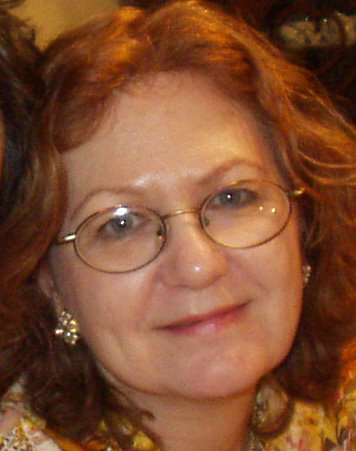Le Tombeau de Couperin
 Tonight I spent a lovely evening at the symphony with friend Maggie, enjoying a program of Mozart, Haydn, Hummel, and Ravel. Maggie's a discriminating musician who picks and chooses her concerts carefully and doesn't fool around with the cheap seats. Symphony Hall is a classy venue, newly renovated and with good acoustics. Best of all, it's only five blocks away from my house.
Tonight I spent a lovely evening at the symphony with friend Maggie, enjoying a program of Mozart, Haydn, Hummel, and Ravel. Maggie's a discriminating musician who picks and chooses her concerts carefully and doesn't fool around with the cheap seats. Symphony Hall is a classy venue, newly renovated and with good acoustics. Best of all, it's only five blocks away from my house.I particularly like the Ravel piece, Le Tombeau de Couperin. It was originally composed as a suite for piano. The six movements of the suite are: Prélude, Fugue, Forlane, Rigaudon, Menuet, and Toccata. Ravel later orchestrated four of these: the Fugue, Forlane, Rigaudon, and Menuet. And, since we were at the symphony, that's what we heard.
A tombeau in the musical sense is a memorial piece. Ravel dedicated each movement to one of his friends who had died in the Great War. The work, however, is anything but funereal. The forlane and rigaudon, for example, are peppy dances; the menuet is a bit more stately, but by no means somber. The menuet is my favorite movement of this suite.
Symphony Hall was built in 1912. The orchestrated version of Le Tombeau de Couperin was first performed in 1920. I wonder when it was first performed in our hall?
Labels: music, Ravel, Springfield

